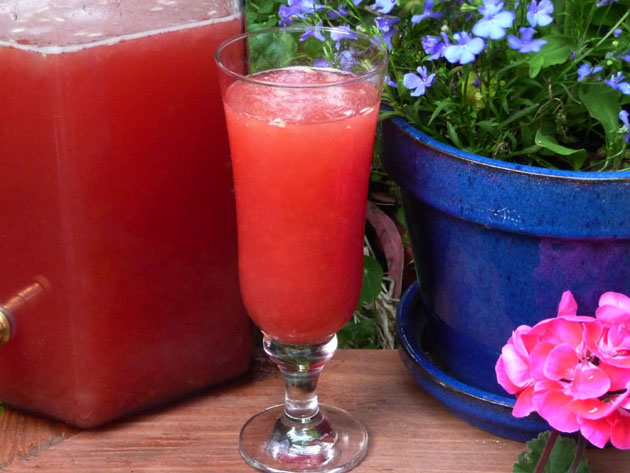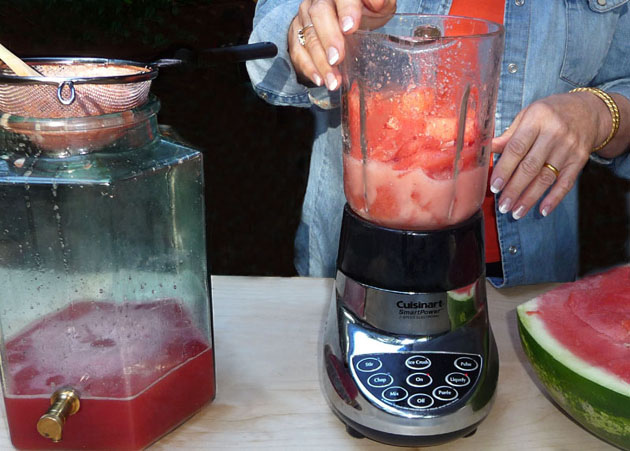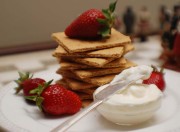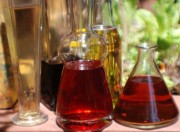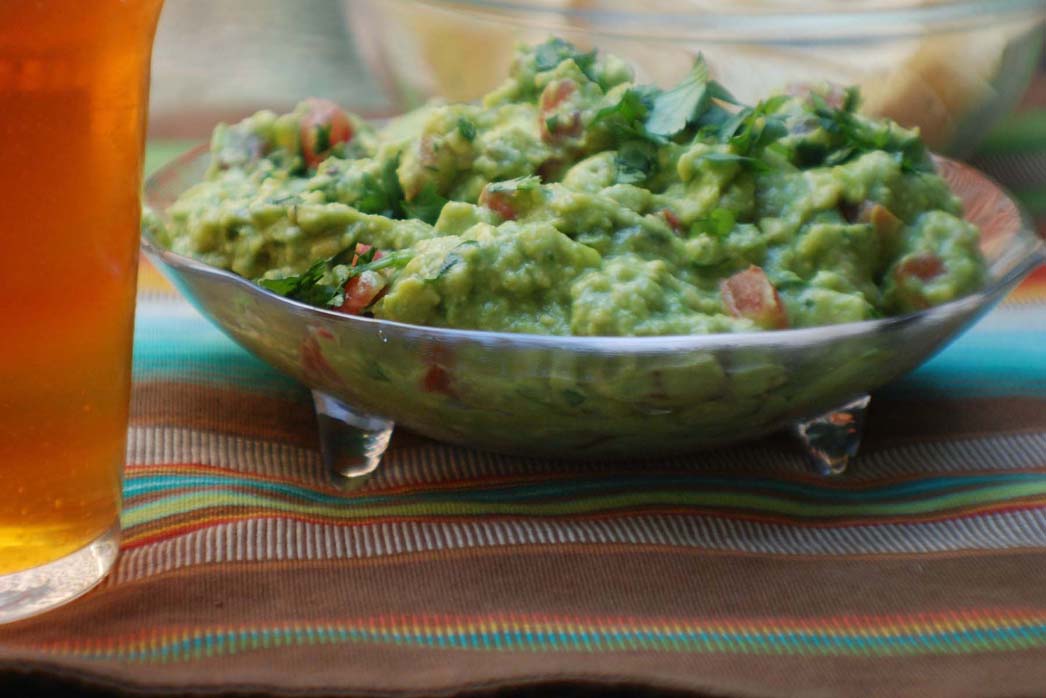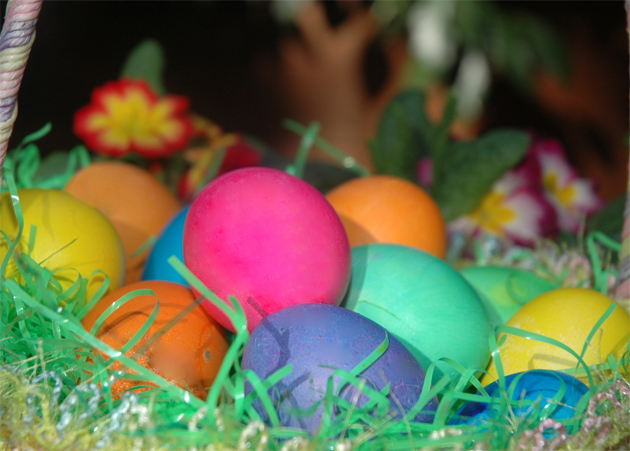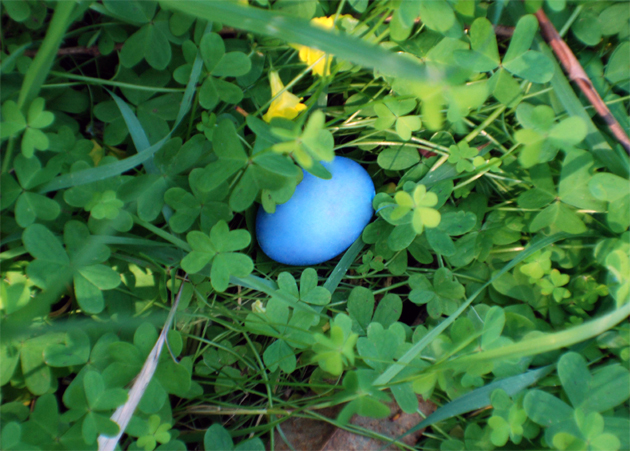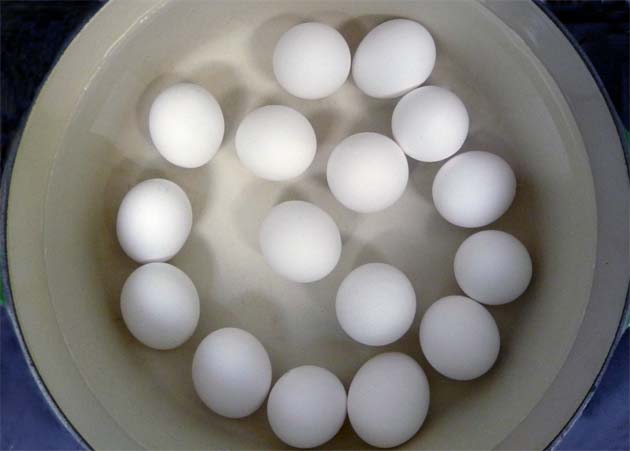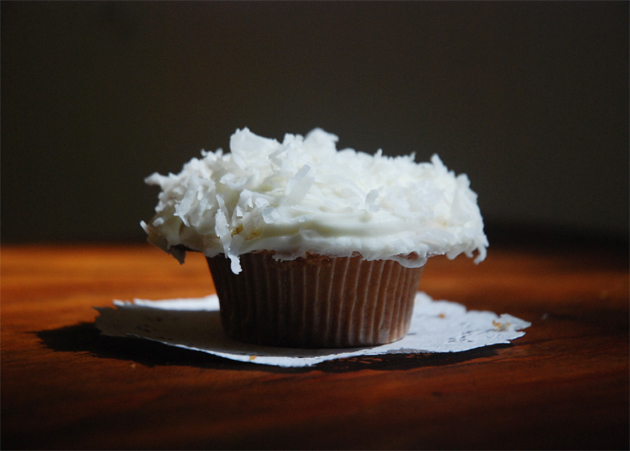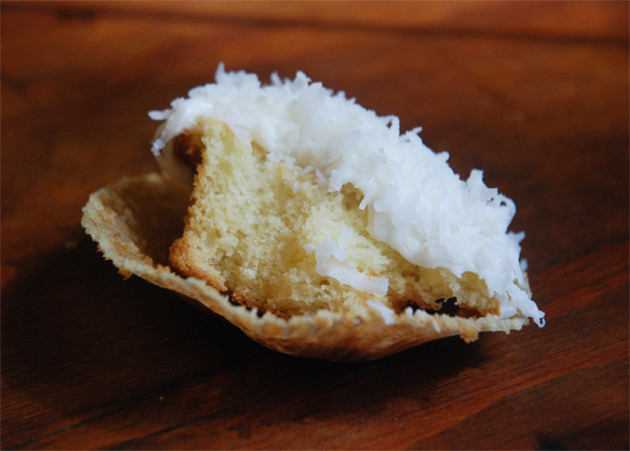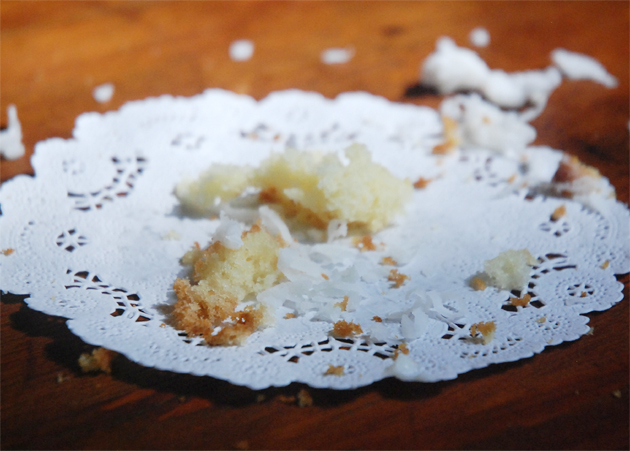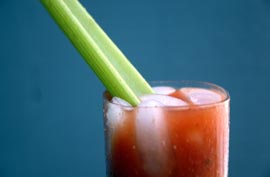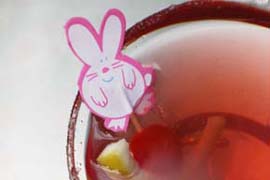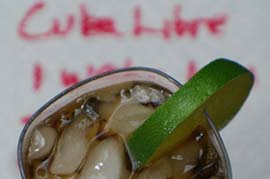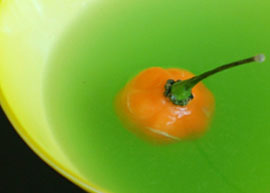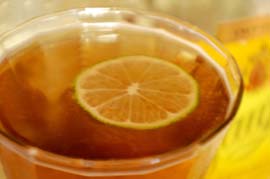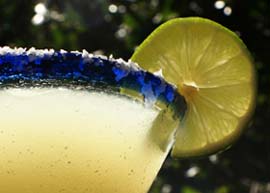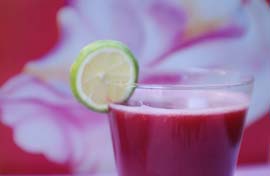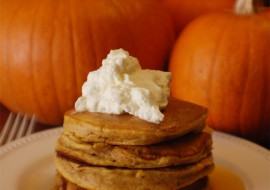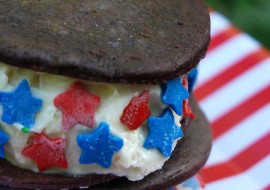
There is an angel food cake in the oven that is filling the kitchen with sweet smells of vanilla and whiffs of almond. Heaven! Now, if no one slams the door or stomps through the room we should be in good shape.
This airy, pure white cake is an American classic that gets its height from clouds of stiffly beaten egg whites. The good news—there is no oil or butter to add inches to your hips or raise your cholesterol Baked in a tube pan, angel food is the most-often requested cake at Beyond Wonderful and a personal family favorite. I often serve a plain slice decorated with a pretty flower, or dress it up with fresh seasonal fruit, berries, lemon curd, ice cream or a variety of dessert sauces. Angel food is also terrific cubed for dipping into chocolate fondue, or sliced for a creamy fruit trifle.
No one knows exactly who created this simple confection but it’s suspected that it originated with the Pennsylvania Dutch during the late 1800s, which is when the cake first began appearing in cookery books. Historians speculate that this frugal group created the cake as a way to use up egg whites left over when the yolks were used to make noodles. Metal cake molds dating back more than a hundred years testify to the Pennsylvania Dutch’s impressive baking tradition.
So, why are lots of novice bakers afraid to tackle this longstanding favorite? Perhaps it’s because the cake—while simple in ingredients—does require a few specific techniques that may be unfamiliar. I must admit that my first time making angel food was a bit nerve-wracking. There was so much to think about that I hadn’t done before. But I organized the ingredients in advance, followed the recipe exactly and ultimately produced a spectacular cake that tasted and smelled divine and wowed everyone at the table. Now, I could make one in my sleep.
It’s really easy, and you have a guide with great tips—me! Let’s get started:
1. Use cake flour, not all-purpose flour. This finely textured flour is made from softer wheat with a high starch content that is perfect for angel food, chiffon and sponge cakes. You’ll find it boxed in the baking section of your supermarket.
2. Use superfine sugar as it dissolves quickly and is perfect with egg whites. It’s available in supermarkets or you can make your own by whirling ordinary granulated sugar in a food processor for a minute.
3. Sift, sift, sift, sift the flour as directed in the recipe—a whopping four times. It makes all the difference in the final product.
4. Bring your eggs to room temperature and you’ll be rewarded with a higher volume of whipped whites.
5. When you separate the eggs, make sure that absolutely no bits of yolk stray into the whites. The presence of any yolk at all will prevent the whites from forming the required stiff peaks. Print out my illustrated, step-by-step guide on How To Separate Eggs for easy reference.
6. Wash the bowl that you’ll whip the egg whites with hot, soapy water to remove any grease from previous use. If in doubt whether you’ve gotten all the grease, rub the interior with a half lemon.
7. Gently fold the flour and sugar into the beaten egg whites, being careful not to deflate them. Don’t let this scare you; just don’t approach this step with aggression or too much enthusiasm.
8. Pour the batter into an ungreased 10-inch tube pan. Leaving the pan ungreased is key, since it causes the batter to cling to the sides as it rises, resulting in optimum volume.
9. Release air pockets by running a knife through the batter. Don’t skip this step or your cake will end up with holes that ruin the perfect texture.
10. Place the cake on the lowest rack in your oven so that it doesn’t brown too quickly. You want a light brown color when it’s finished.
11. Invert the cake onto a long-necked bottle or metal rack to cool. It’s important to cool the cake in this upside-down position; otherwise it will collapse on itself.
12. Slice the cake gently with a sharp, serrated knife; a standard blade will squish it.
13. Get a fork and dig in!
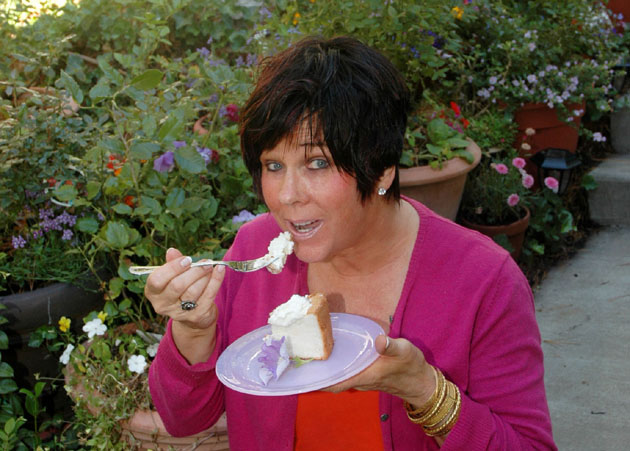
This is so worth the effort. Today a bit of cream, tomorrow berries…or maybe lemon curd.
